Are you curious about the differences between male fish and female fish? Or have you ever been confused about how to distinguish male and female fish in your aquarium? If you were, these problems would be solved in this article. There are also some skills and methods to help you differentiate the gender of your fish! Let’s get started.
Content Table
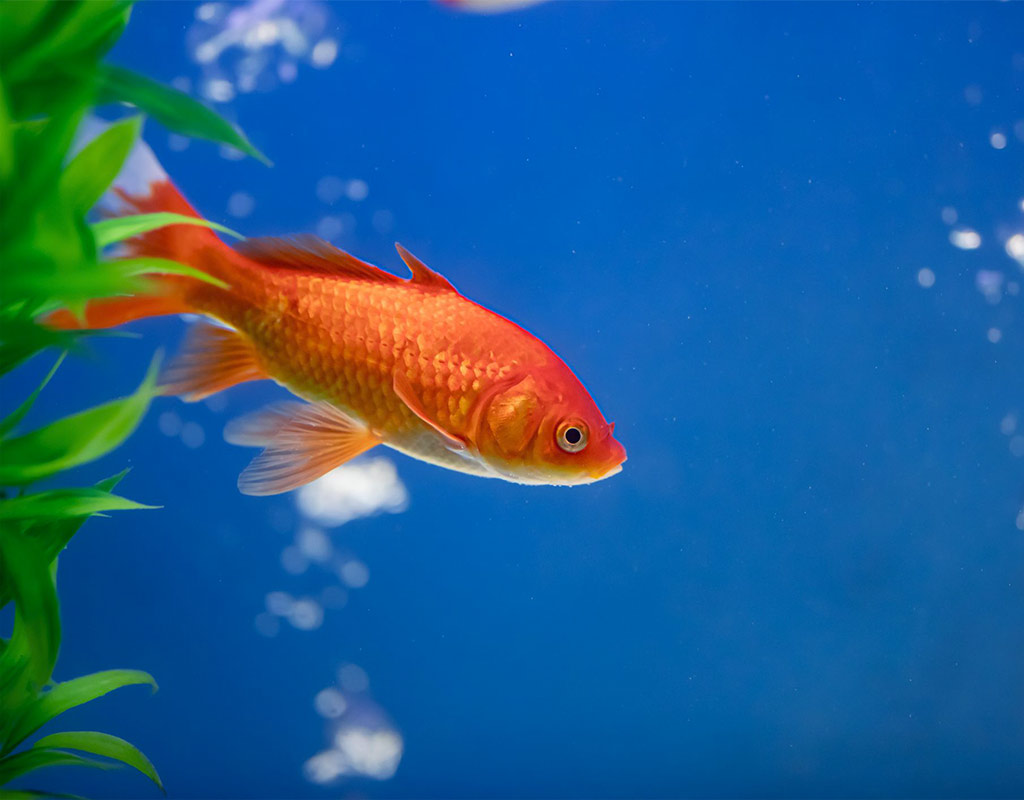
How to know if a fish is male or female
Easy Tricks to Learn the Gender of Your Fish
Before the fish have reached their sexual maturity, most gender features will not manifest themselves. And it is not until most fish are around 2 to 3 months old that they are sexually mature. It means their unique features, such as colorations, gender growths, or breeding signs, will be more transparent and easier to attract attention. But actually, the age depends on the fish’s species. Next, let’s learn some tricks to help us determine the gender of the fish.
Color
Generally speaking, male fish are more colorful. It helps them to draw mates’ attention or disrupt predators from their eggs.
Size
Spawning season is the greatest moment to determine the gender of your fish. During this period, female fish will be larger and rounder than male fish. Waiting and observing who lays eggs is one reliable way to distinguish the sex of your fish. Nevertheless, if breeding is not part of your fish-keeping, you might be fit for another trick.
Bump on the forehead
If the face of a fish between the eyes and above the mouth has a large and protruding bump, it probably is a male fish. Male tilapia, angelfish, and Oscar will exhibit this kind of bump.
Growths and designs
For the time of breeding, some male fish will grow effective growths or designs, and these traits will appear on the body, such as the head, fins, and gills. Take male goldfish as an example, spots will generate around pectoral fins and gills during the breeding season.
How to Differentiate Male Fish and Female Fish for Different Species
The tricks above will help you identify many breeds, but some fish have their unique way of showing gender. For time-limited, this article will discuss some common fish species.
Goldfish

Goldfish
- Body shape: male goldfish are long, thin, and streamlined. Female goldfish are round and thick.
- Body color: male goldfish are brighter than female ones. The body color of female goldfish is light.
- Vent: male goldfish are narrow and elongated, and the vent is concave. Female goldfish are round and thick, and the vent is protruding out.
- Pectoral fins and gills: during the breeding season, male goldfish have tubercles on pectoral fins and gills, but female goldfish do not.
- Breeding behavior: male goldfish chase female goldfish much more than usual. Female goldfish are pursued by male ones.
- Spawning: male goldfish do not lay eggs, but female ones will lay eggs.
Betta fish
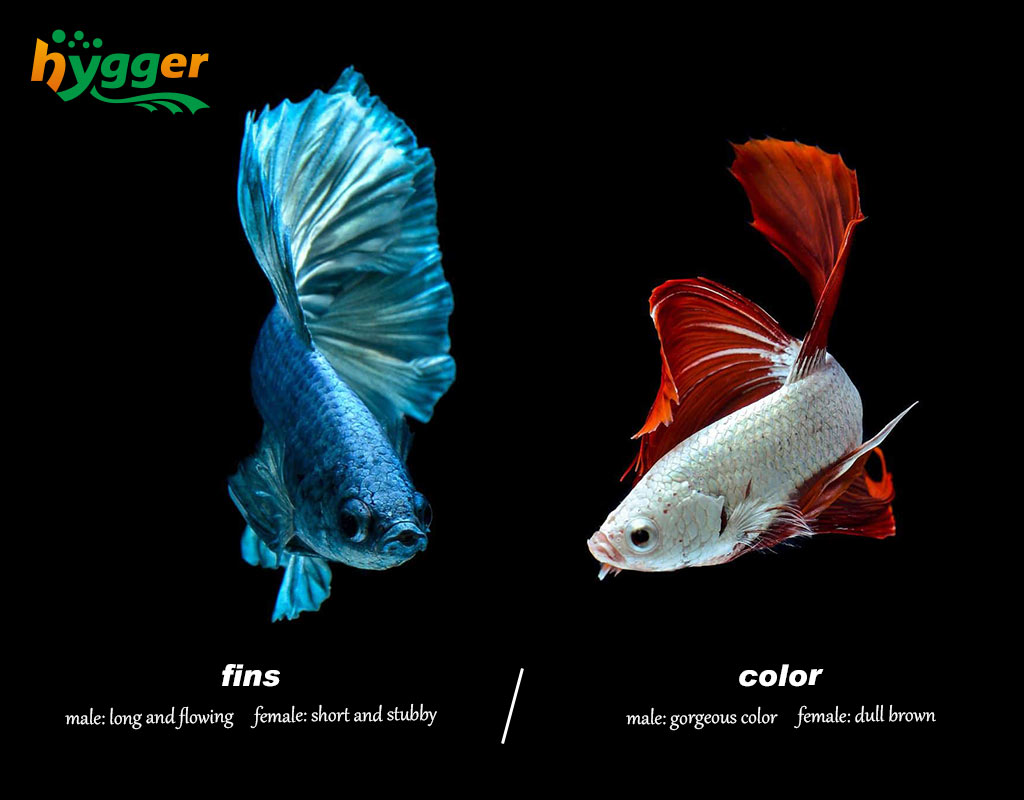
Betta fish
Bettas are one of the easiest fish species for determining gender.
- Color: male bettas have gorgeous colors, while female bettas are dull brown.
- Fins: males possess long and flowing fins, and females have short and stubby fins. But some male bettas also have short fins.
- Breeding behavior: males will build nests out of air bubbles on the surface of the water, and entice females to lay eggs under them. Then, the male will wrap his body around the females to fertilize the eggs. Next, males will collect the eggs into their mouths and place them into their bubble nests. In addition, males will chase females away and look after the eggs and babies after breeding.
Koi
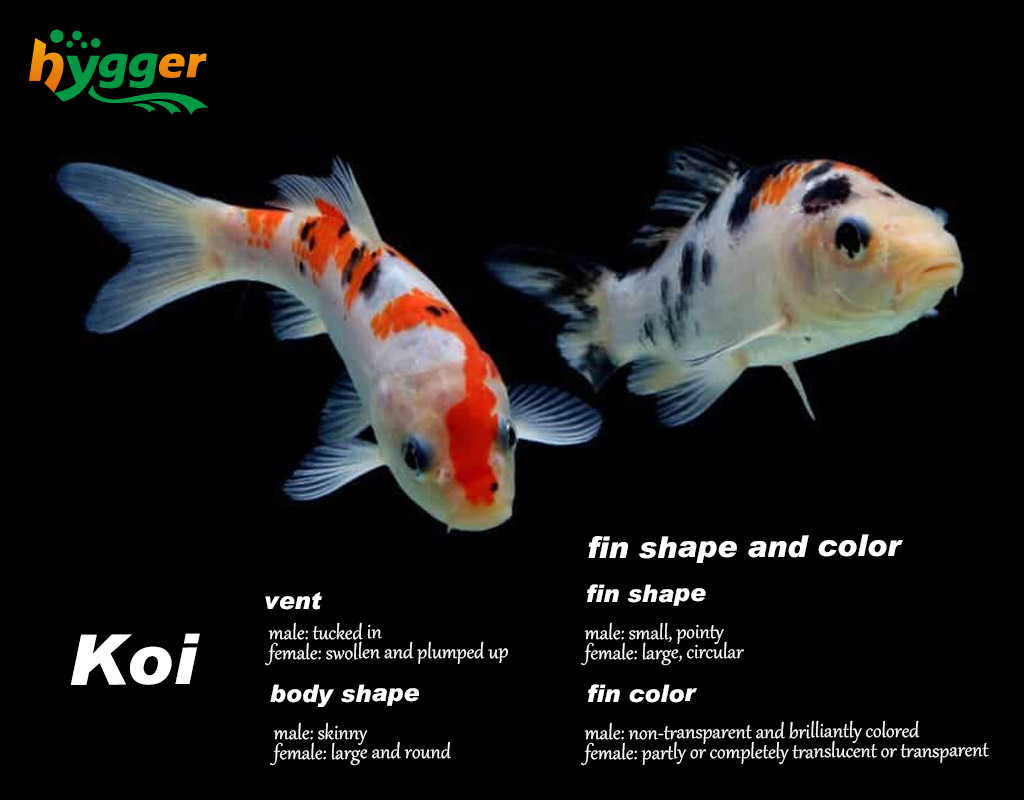
Koifish
Koi is one of the fish that are hard to determine its sex. Even some experts also make mistakes sometimes. Besides, most shops use ultrasound to check the gender of Koi.
- Body shape: female Koi are larger and rounder than males, and males are skinny.
- Vent: during the breeding season, female koi vents are swollen and plumped up, and male vents are tucked in.
- Fin shape and color: males possess small, pointy fins that are non-transparent and brilliantly colored. Females have large, circular fins that are partly or wholly translucent or transparent.
Guppy fish
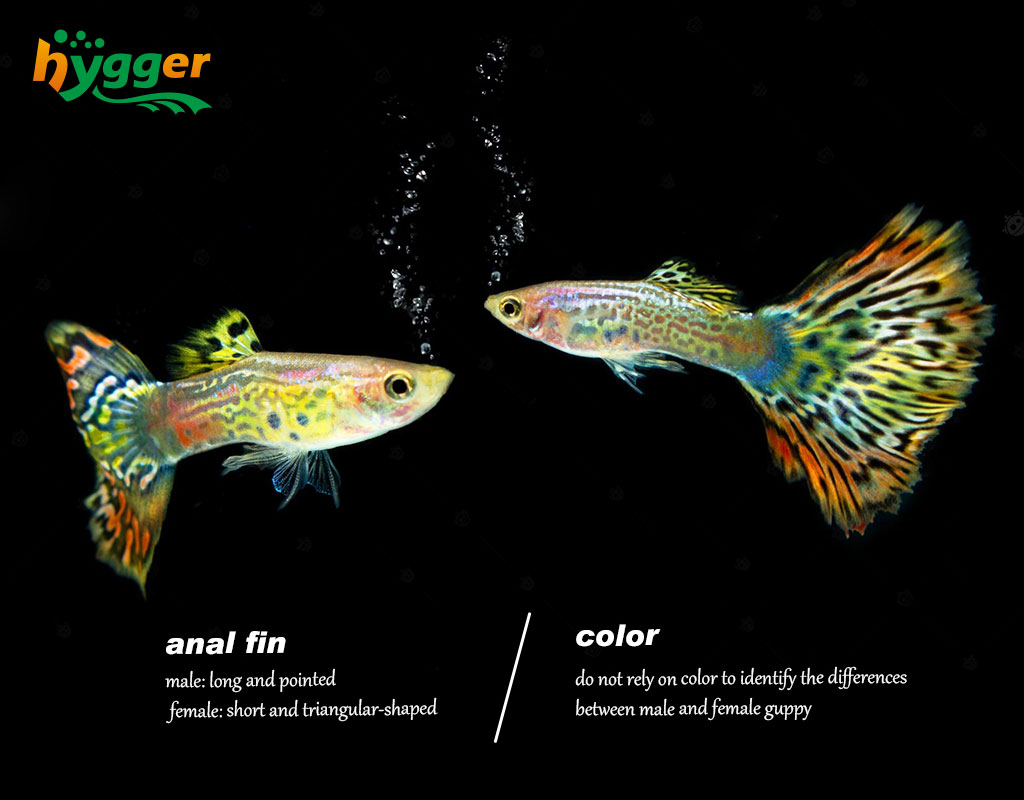
Guppy fish
- Anal fin: the anal fin is on the back of a fish and near the tail. A male guppy fish’s anal fin is long and pointed, while a female guppy fish’s is short and triangular-shaped.
- Color: do not rely on color to identify the differences between male and female guppies.
Cichlid fish

Cichlid fish
- Body shape: male cichlid fish are slimmer than female ones.
- Color: males have brilliant colors.
- Dorsal fin: if a male cichlid fish is mature, its dorsal fin will be larger and longer than a female one.
- Bump on the head: some males have a bump on the head, called a nuchal hump. Moreover, females also have a nuchal hump during spawning season, but it is not as noticeable as that of males. In addition, the nuchal hump of the predominant is larger than that of other males.
What Fish Change Their Gender
Depending on the magic of creation, fish can also turn gender into another one naturally, and about 2 percent of fish have hermaphroditic features. The following information is about some fish that change their gender. For a limited time, nine species will be briefly introduced here, including clownfish, Asian sheepshead wrasse, mangrove rivulus, salmon, black sea bass, broad-barred goby, damselfish, ribbon eel, and black porgy.
Clownfish
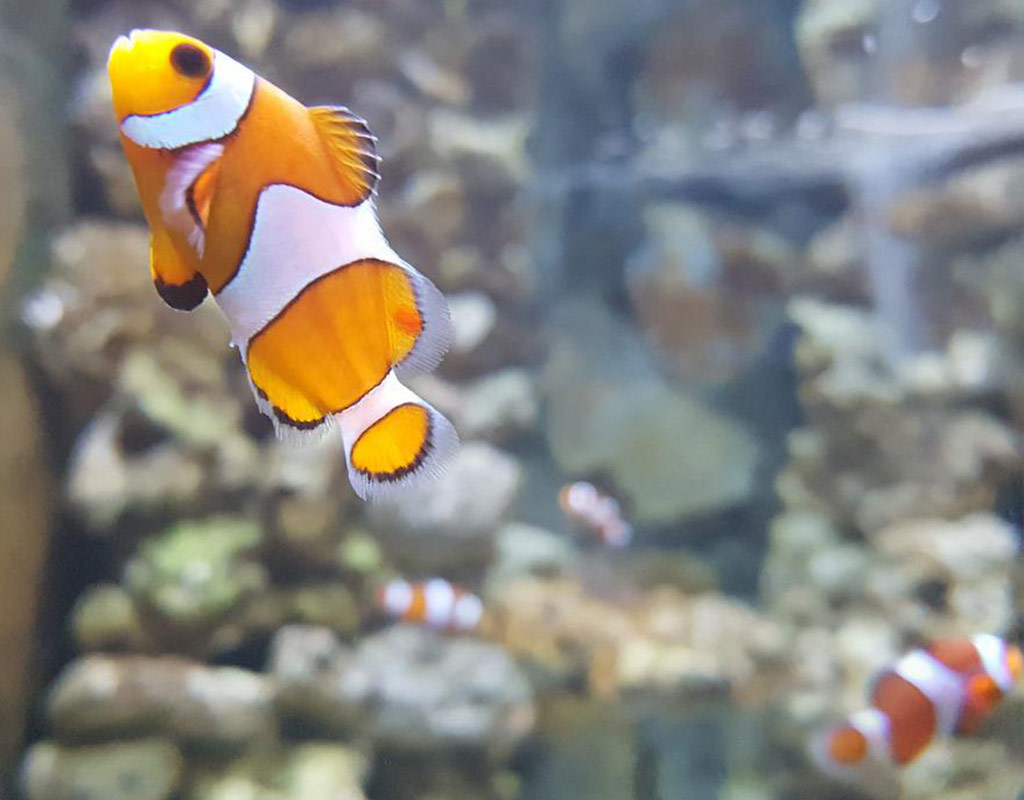
Clownfish
Clowns are sequential hermaphrodites. They first develop into male clownfish, but once they are mature, they will change into females. Besides, they also obey a dominant hierarchy. A powerful, aggressive female clownfish is their top leader. If the leader dies, the largest male clownfish will change into a female and be the next leader. Moreover, during the breeding season, if the female one is not alive because of predation or other reasons, the largest male clownfish will change into a female clownfish.
Asian sheepshead wrasse
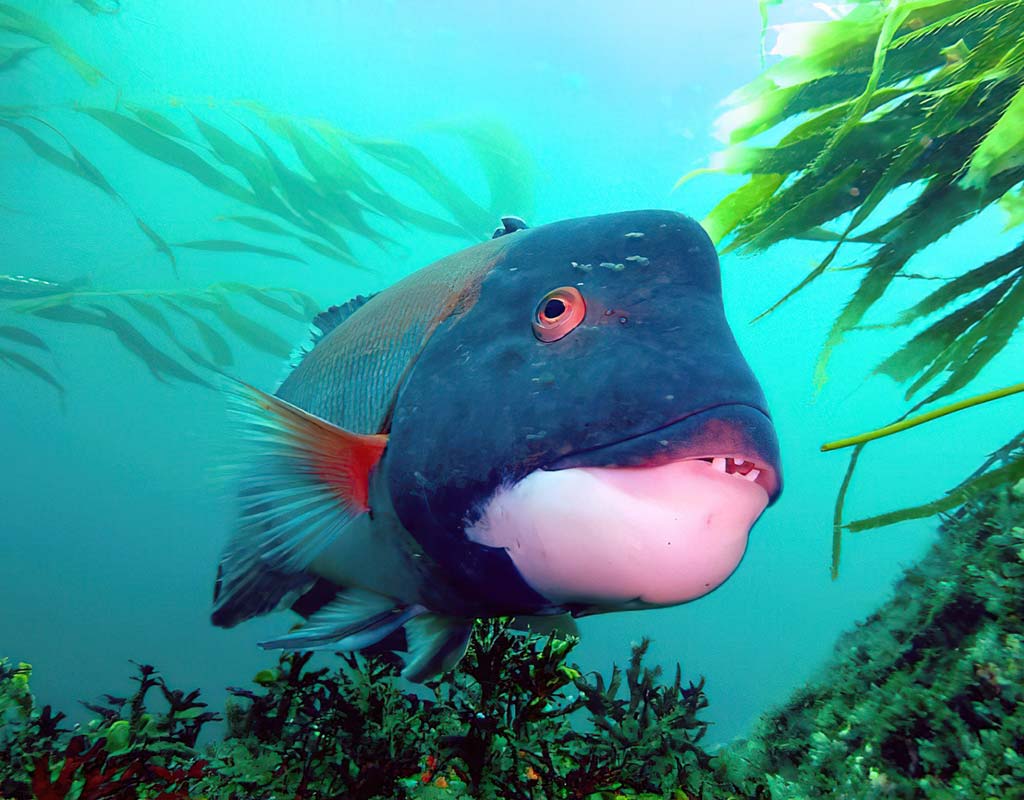
Asian sheepshead wrasse
It is also called Kobudai, which is one of the wrasse family. They change from female to male when they reach a particular size and age. It is different from clownfish that change sex from male to female. Besides, Kobudai can change their physical appearance under certain conditions.
Mangrove rivulus is a hermaphrodite that produces sperm and eggs by itself so that it can self-fertilize. Females produce sperm and eggs, then they turn into males by reabsorption of the ovarian tissue. But if female ones change their gender to male in this way, they can not be female again.
Salmon
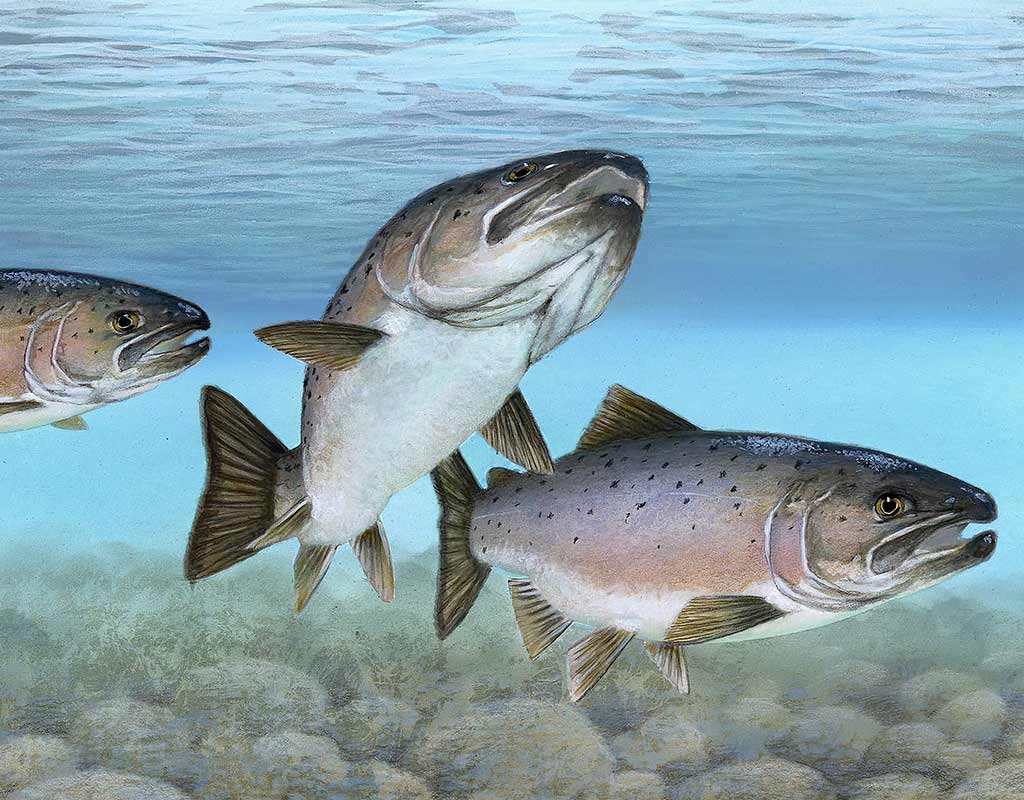
Salmon
Salmons are simultaneous hermaphrodites. They have ovaries and testes, but they can not self-fertilize. They will shift their role to determine which one lays eggs and which one fertilizes them.
Black sea bass
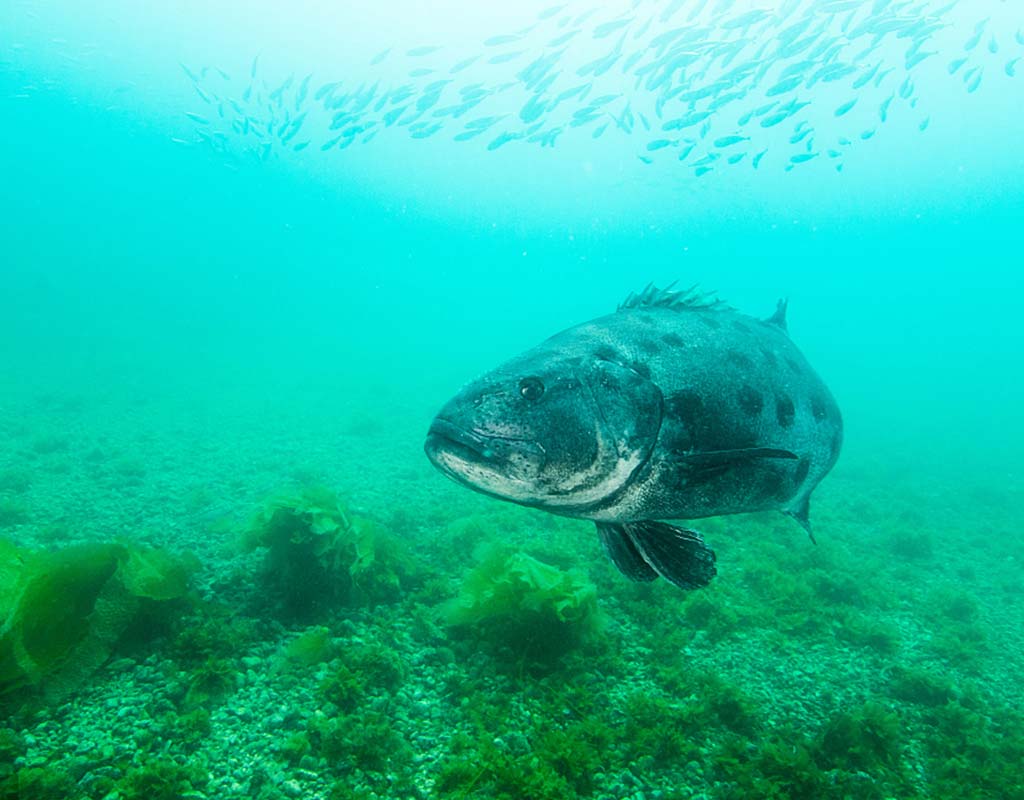
Black sea bass
The Black sea bass is a protogynous hermaphrodite, living in Atlantic waters. It is born female, but when it is about 2 to 5 years old, it changes into male. Nevertheless, why and how the changes happen remains unknown. However, it is concluded that their gender change is relevant to the decrease in the male population. That is to say, if a female one finds that the population of male ones has fallen, it will change to a male.
Broad-barred goby
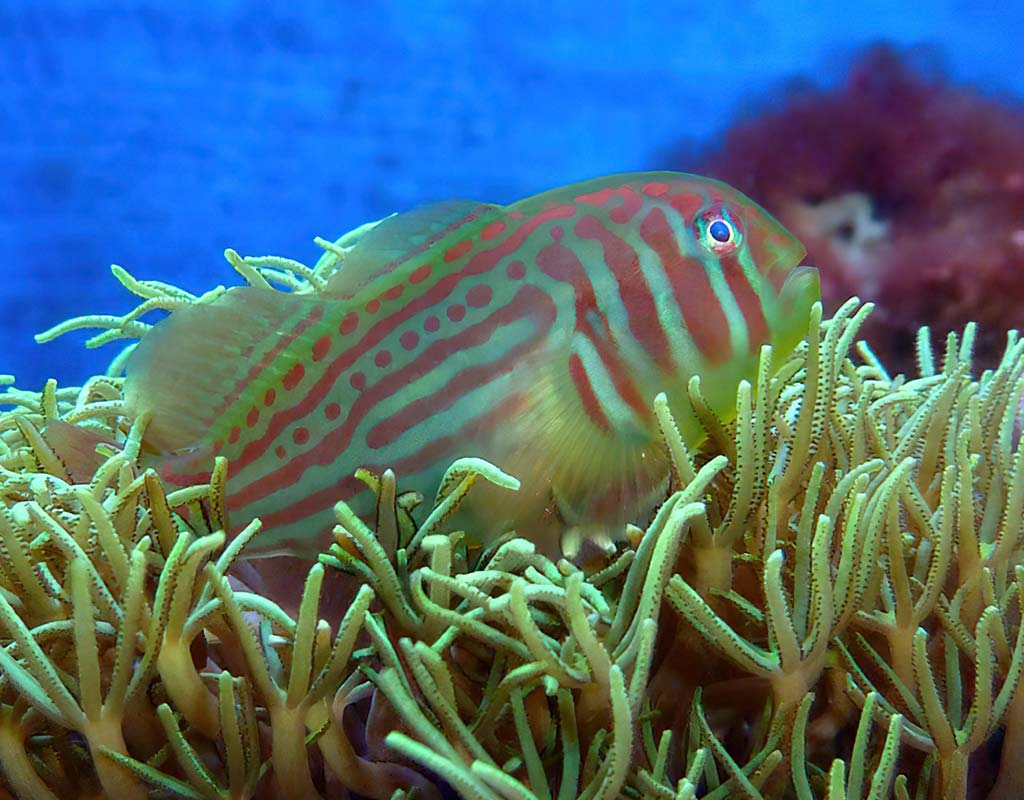
Broad-barred goby
It is a hermaphrodite and possesses the rare ability to change gender from male to female and vice versa. If a pair of gobies of the same gender live together, one will change their gender into the opposite one.
Damselfish
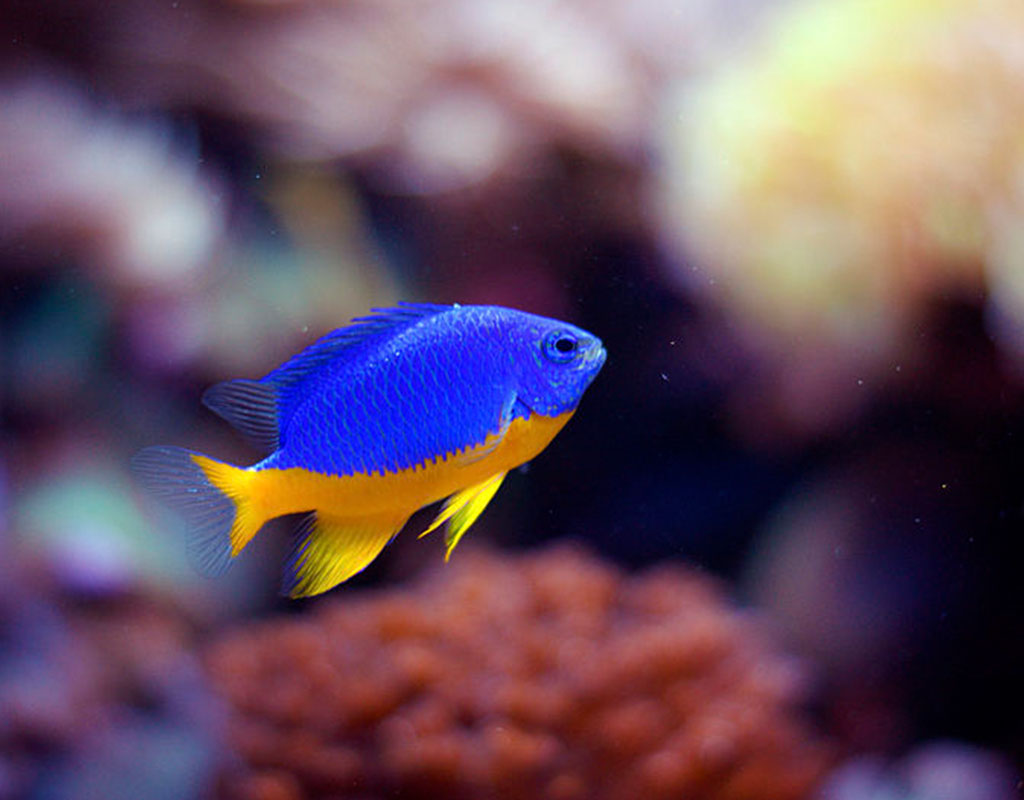
Damselfish
Damsel lives in tropical areas. Female damselfish can change into a male if it is necessary.
Ribbon Eel
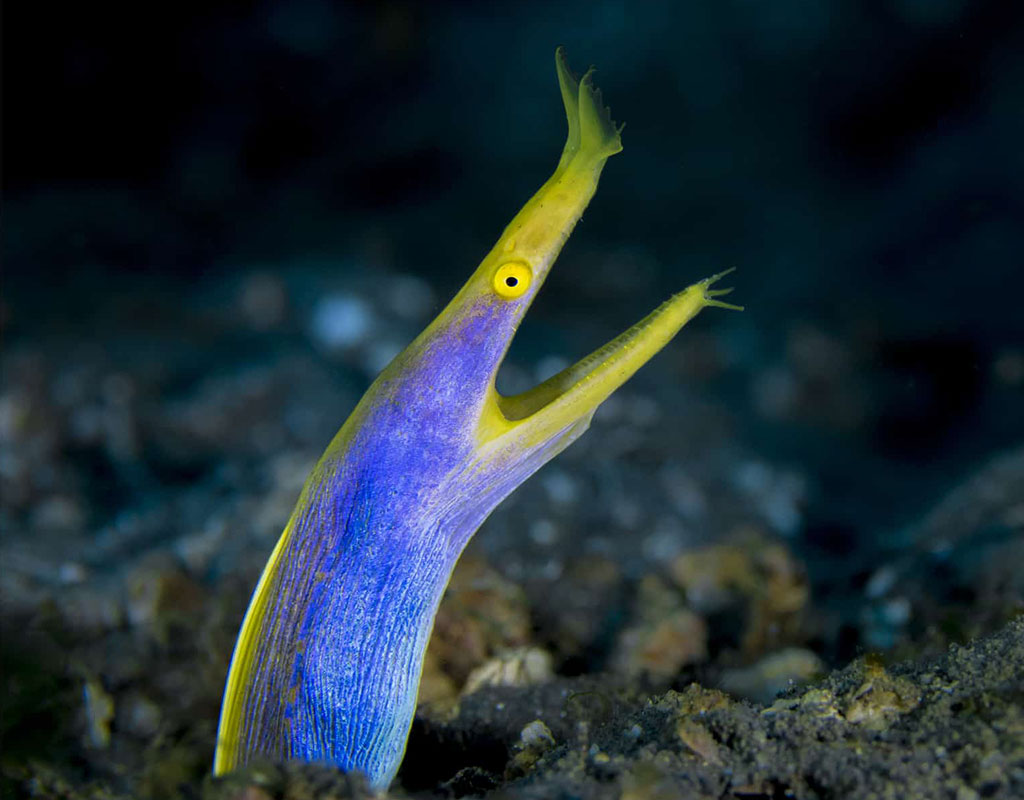
Ribbon eel
The Ribbon Eel is one kind of moray eel. They are born male, but they may change into female ones when it is necessary for daily life.
Black porgy
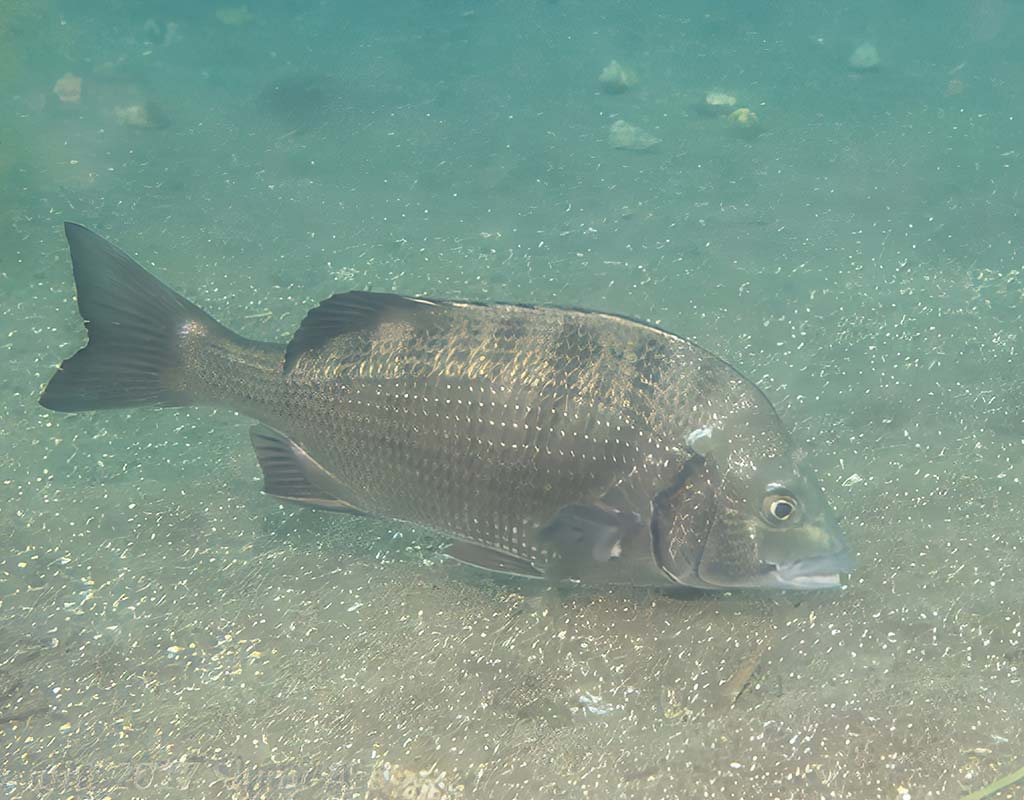
Black porgy
The Black porgy is one of the sea breams. It is a fast swimmer and aggressive predator. Besides, porgies are born male. But once they are about 3 years old, they will change into female ones.
Conclusion
Fish is one kind of aquatic pet that is hard to identify its gender. In this article, we have introduced some easy tricks to learn the gender of your fish and how to differentiate male and female fish for different species. With the above tricks, methods, and introductions, you can improve your ability to determine the gender of fish. In addition, we have covered information about some fish that can change their gender. This part is interesting, right? We hope you have enjoyed reading this article and gained some helpful information.
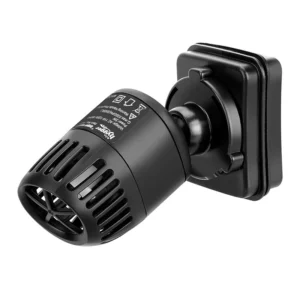

Leave a comment